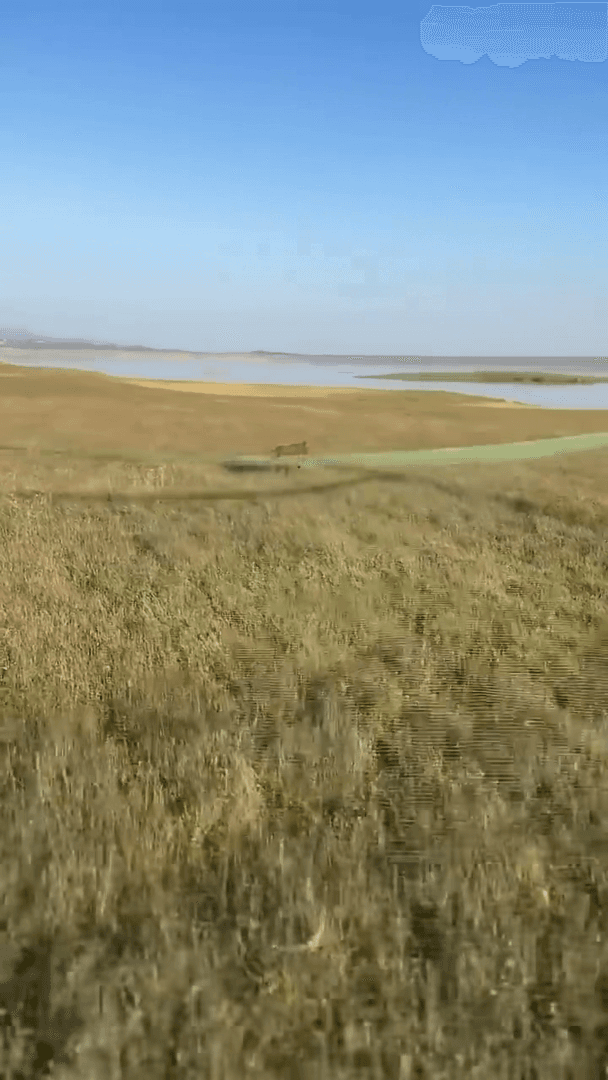
Caccia nella Sila: Caratteristiche, Normative e Tradizioni La Sila, situata in Calabria, è uno dei territori più affascinanti d’Italia per gli amanti della caccia. Con i suoi vasti boschi, laghi e mo
Post: 29 May 12:58

Post: 29 May 12:58

Post: 29 August 13:07

Post: 25 August 12:41

Post: 23 February 14:15

Post: 20 May 10:51

Post: 19 May 12:55

Post: 27 August 13:08

Post: 11 June 14:36

Post: 20 May 15:25

Post: 22 May 14:35